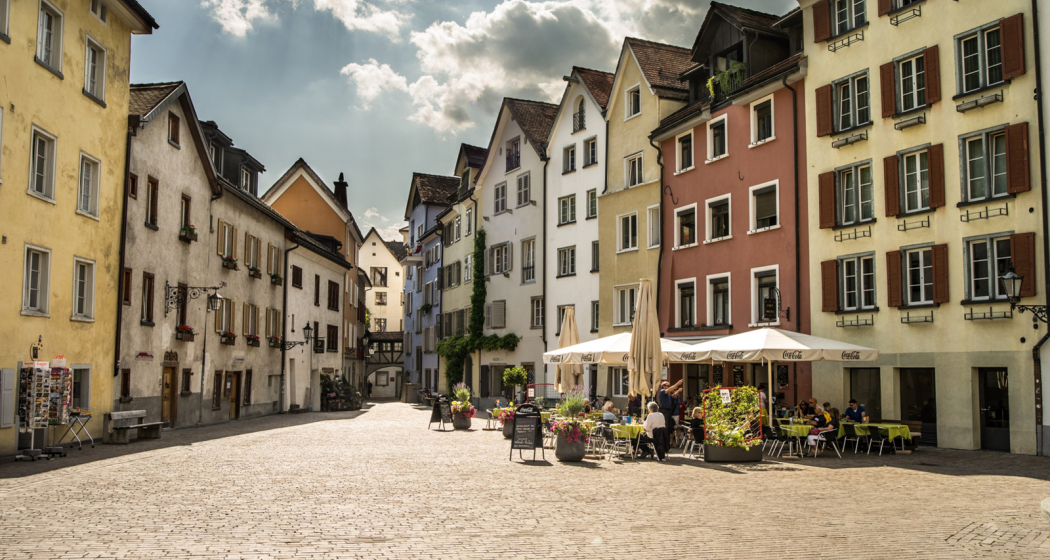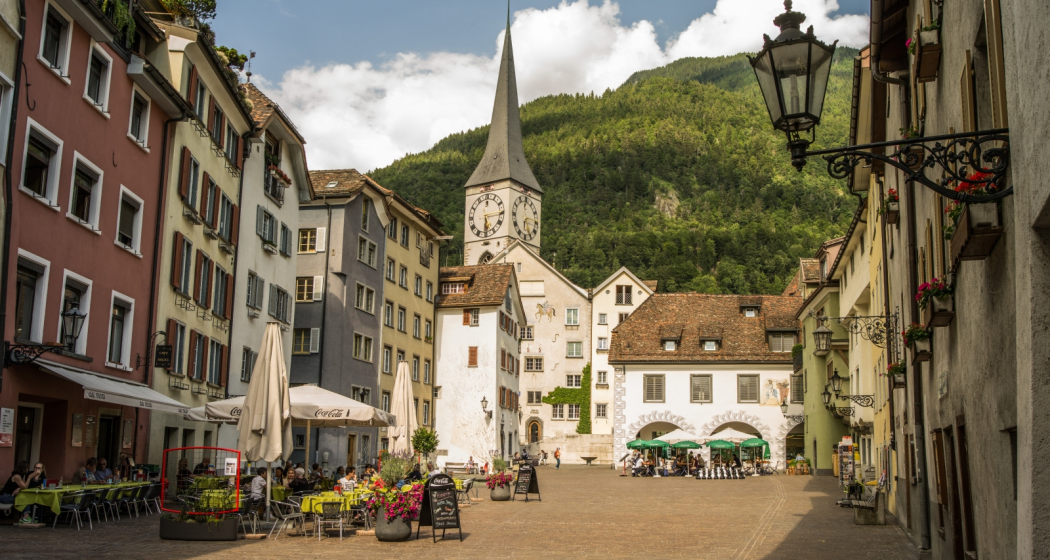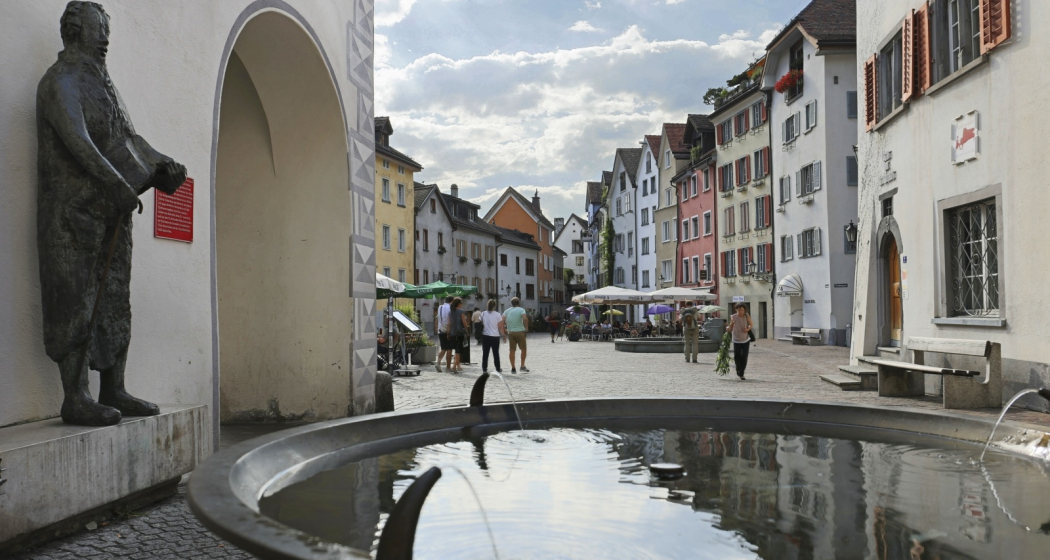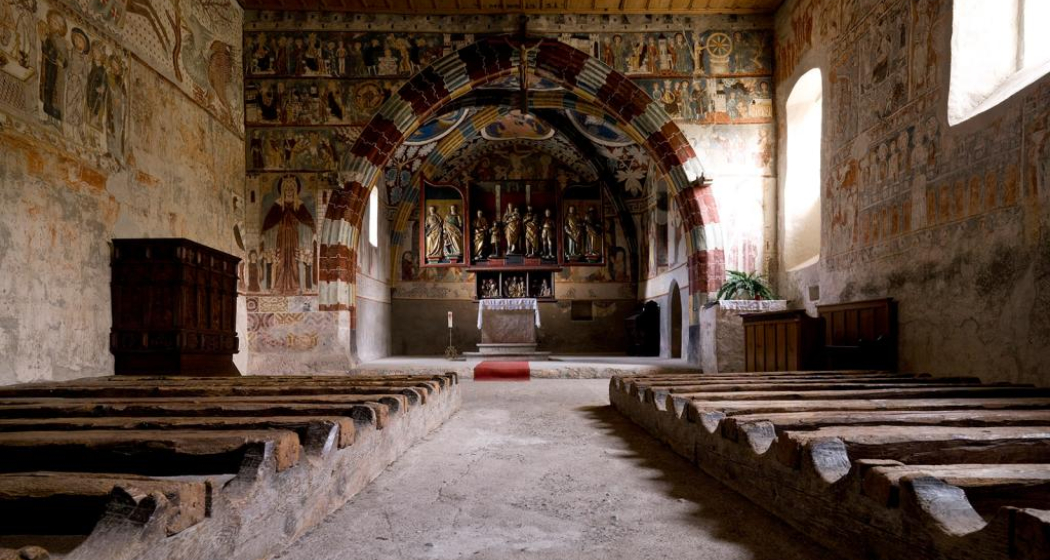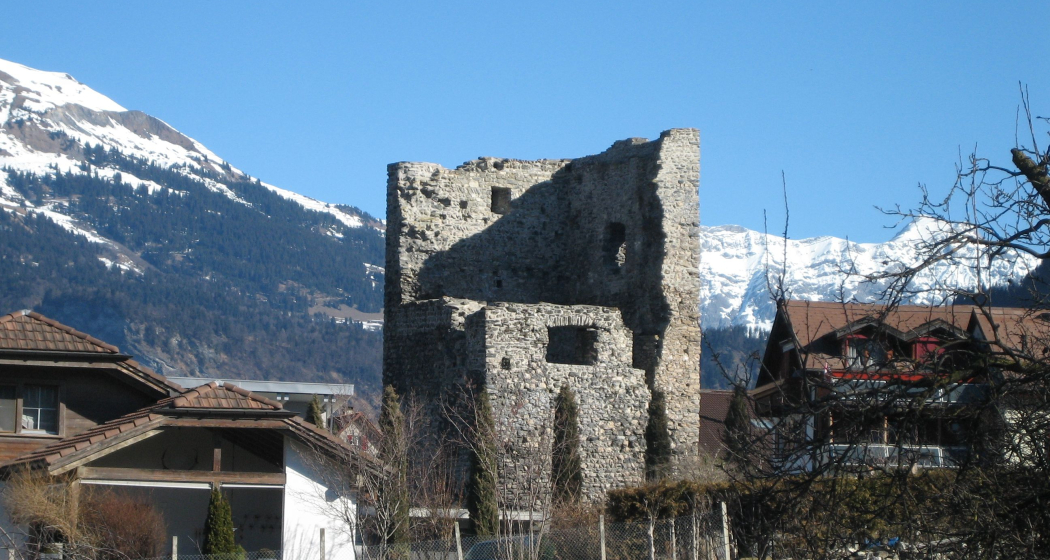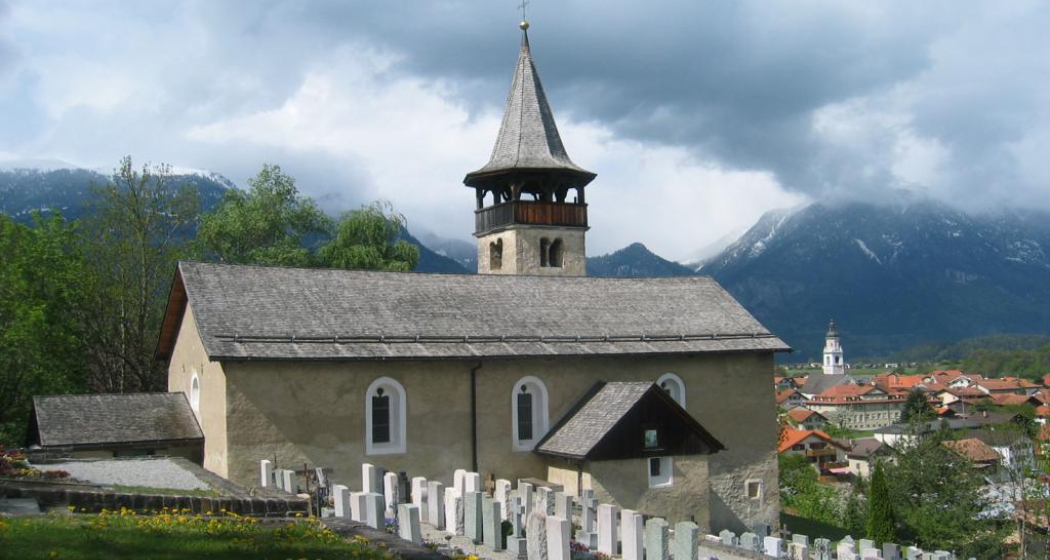Playground Chur
Playground Haldenstein

Description
The Haldenstein playground lies just along the walking and cycling route Chur-Haldenstein (Rhine cycle route no. 2), along the river Rhine. Its location and the integrated barbecue make it the perfect destination for a family outing. There is a lot of shade thanks to the many trees.
Contact
Playground Haldenstein
Haldensteinerstrasse, 7000 Chur
Responsible for this content Chur Tourism.


